Description
The revolution created in 1960 by the publication and widespread adoption of the textbook Transport Phenomena by Bird et al. ushered in a new era for chemical engineering. This book has nurtured several generations on the importance of problem formulation by elementary differential balances.
Modeling (or idealization) of processes has now become standard operating procedure; but; unfortunately; the sophistication of the modeling exercise has not been matched by textbooks on the solution of such models in quantitative mathematical terms. Moreover; the widespread availability of computer software packages has weakened the generational skills in classical analysis.
The purpose of this book is to attempt to bridge the gap between classical analysis and modern applications. Thus; emphasis is directed in Chapter 1 to the proper representation of a physicochemical situation into correct mathematical language. It is important to recognize that if a problem is incorrectly posed in the first instance; then any solution will do.
The thought process of “idealizing;” or approximating an actual situation; is now commonly called “modeling.” Such models of natural and man-made processes can only be fully accepted if they fit the reality of experiment. We try to give emphasis to this well-known truth by selecting literature examples; which sustain experimental verification.
Following the model building stage; we introduce classical methods in Chapters 2 and 3 for solving ordinary differential equations (ODE); adding new material in Chapter 6 on approximate solution methods; which include perturbation techniques and elementary numerical solutions.
This seems altogether appropriate; since most models are approximate in the first instance. Finally; because of the propensity of staged processing in chemical engineering; we introduce analytical methods to deal with important classes of finite-difference equations in Chapter 5.
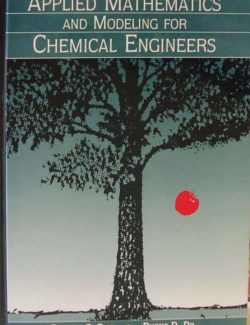
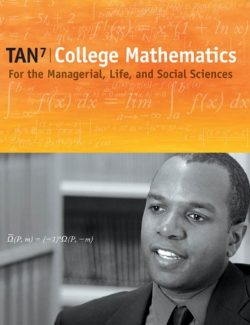
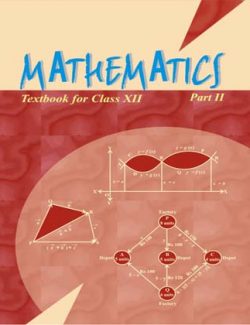
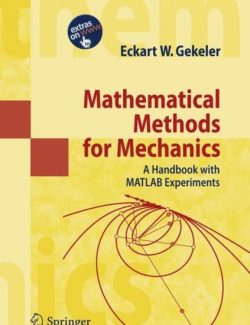
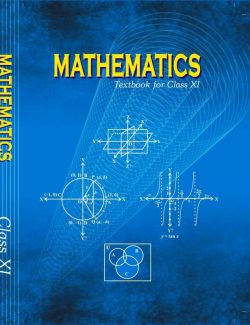
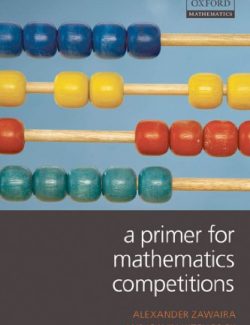
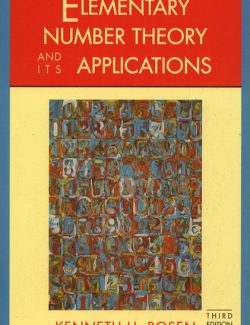
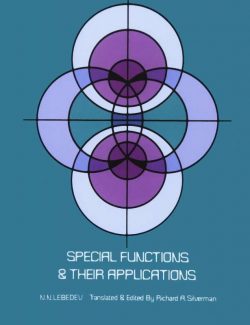
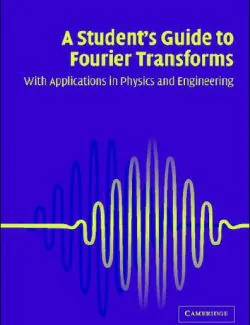
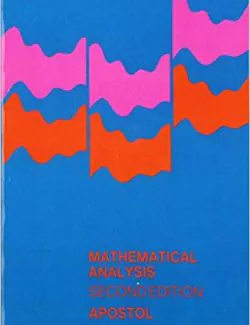
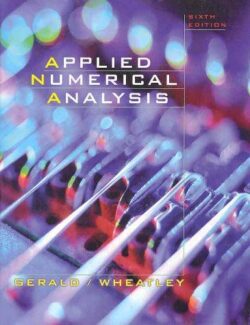
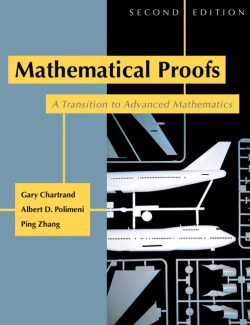
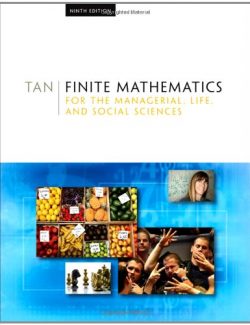
Leave us a comment
No Comments